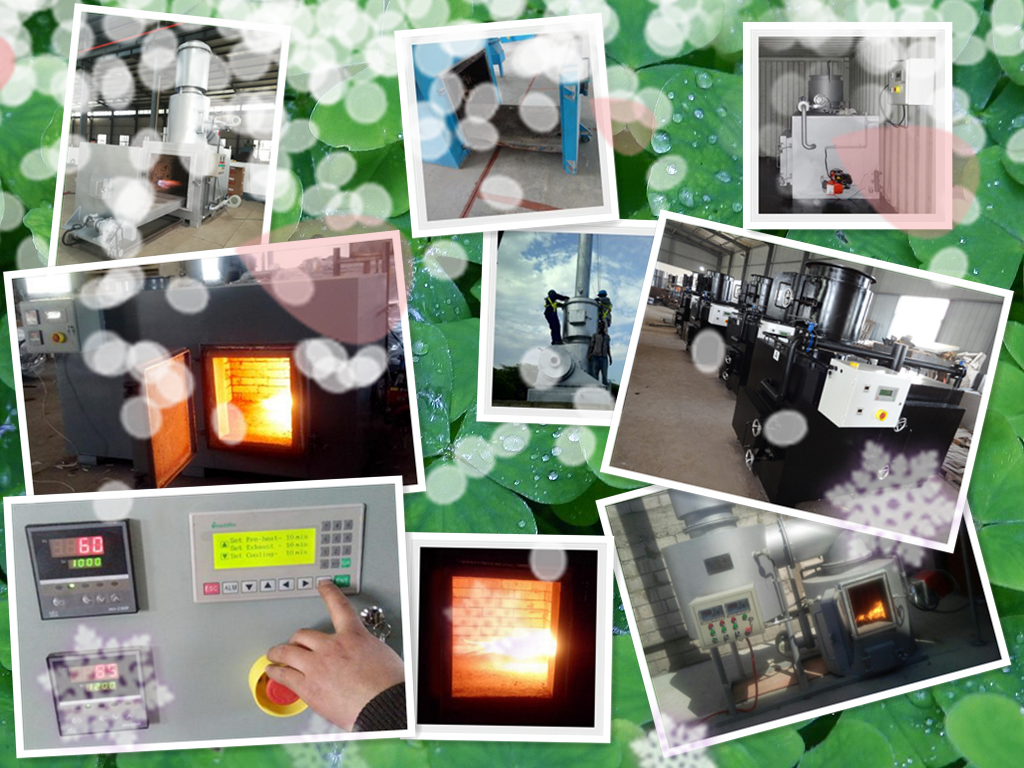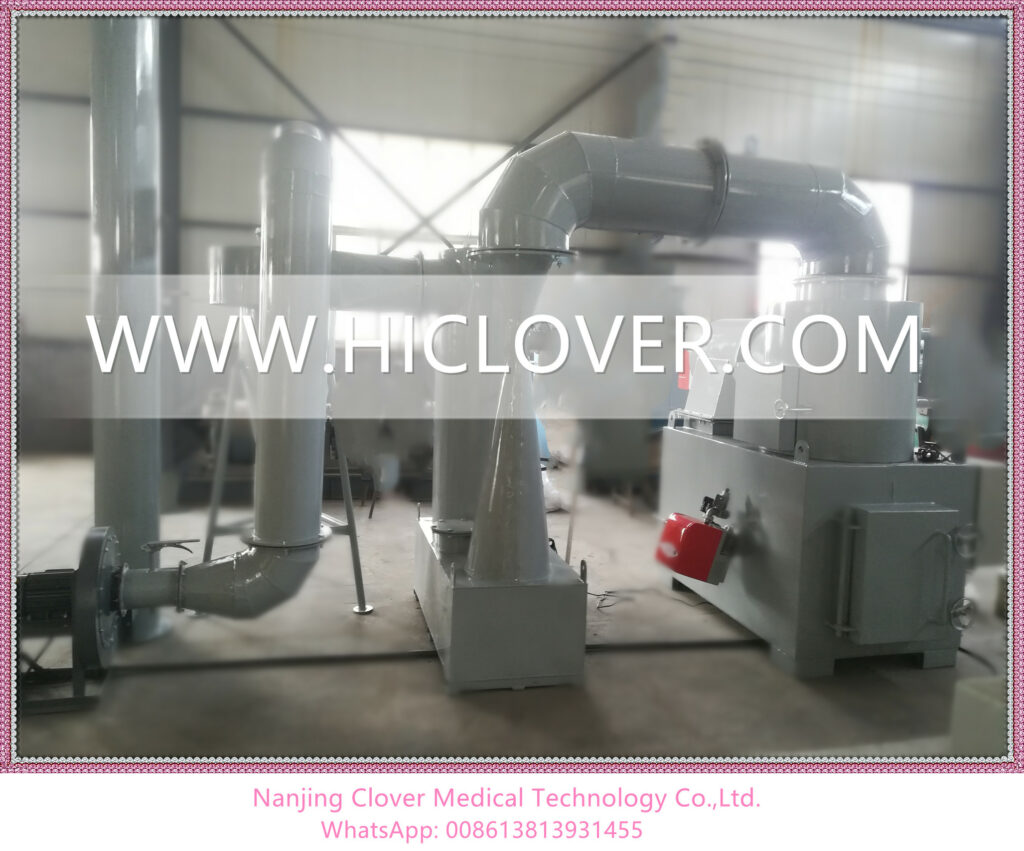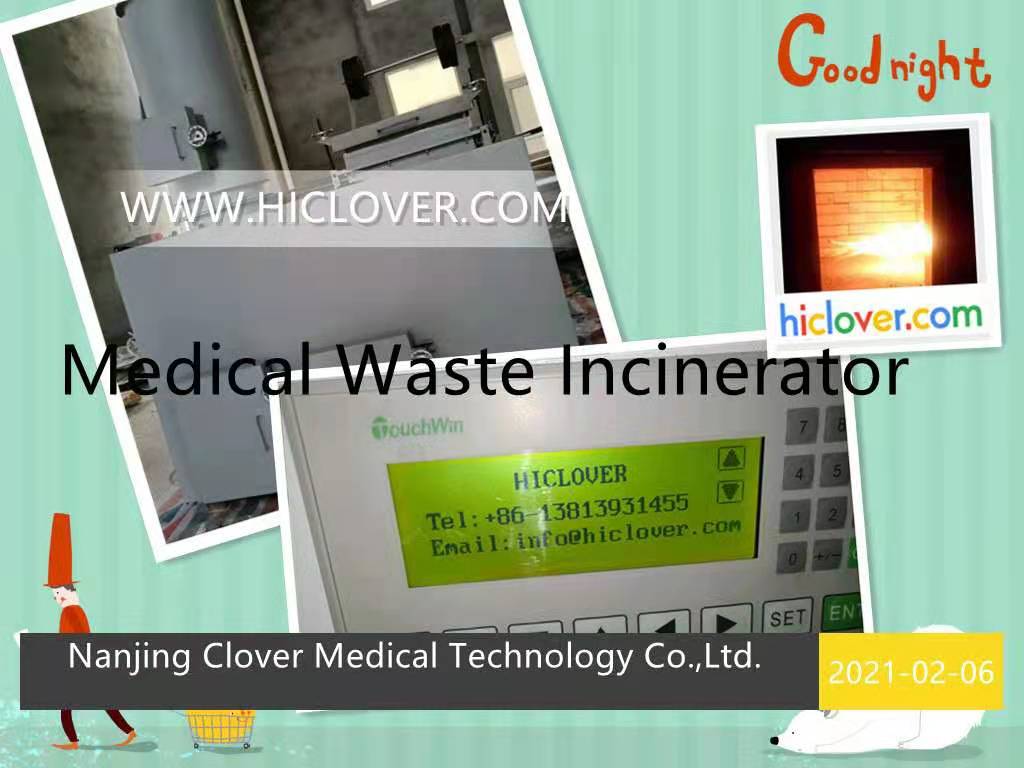Incineration is a process used to burn solid waste at high temperatures, converting it into ash, flue gas, and heat. This method of waste disposal has been widely adopted across the globe as a means of managing and reducing the volume of solid waste and its impact on the environment. Understanding the different types of incinerators is essential in order to choose the most appropriate technology for a given application.
One of the earliest and most common types of incinerators is the grate incinerator. Grate incinerators work by burning waste on a moving grate, which helps to ensure that the waste is fully combusted. This type of incinerator typically has a large furnace where the waste is loaded, and air is pumped in to aid combustion. Grate incinerators are suitable for a wide range of waste types, including municipal solid waste, industrial waste, and biomass.
Another type of incinerator that has gained popularity in recent years is the fluidized bed incinerator. Fluidized bed incinerators use a bed of sand or other inert materials that is heated to a high temperature. As waste is added to the bed, it is mixed into the sand, allowing for more even combustion and reducing the production of harmful emissions. This type of incinerator is particularly effective for burning waste with high moisture content, such as sewage sludge and other organic wastes.
While both grate and fluidized bed incinerators have their advantages, it’s important to consider the specific requirements of the waste to be incinerated when choosing the appropriate technology. For example, grate incinerators may be more suitable for incinerating mixed waste streams, while fluidized bed incinerators are better suited for high moisture content waste.
In addition to the different types of incinerators, there are also various emission control technologies that can be integrated into the design of an incineration system to ensure that air pollution is minimized. These include systems for controlling sulfur dioxide, nitrogen oxides, and particulate matter emissions, as well as thermal oxidation systems for the destruction of hazardous organic compounds.
In conclusion, understanding the different types of incinerators and their specific applications is crucial for choosing the most appropriate technology for waste management. Whether it’s a grate incinerator for mixed waste streams or a fluidized bed incinerator for high moisture content waste, selecting the right technology will ensure efficient and environmentally friendly waste disposal. Additionally, integrating the appropriate emission control technologies will further minimize the impact of incineration on the environment.



